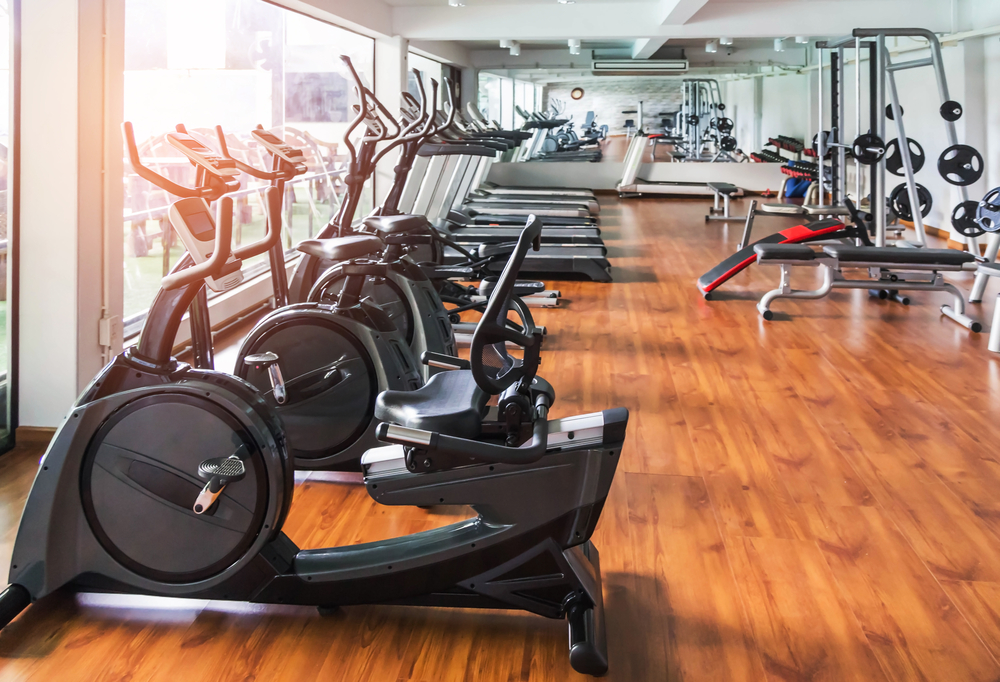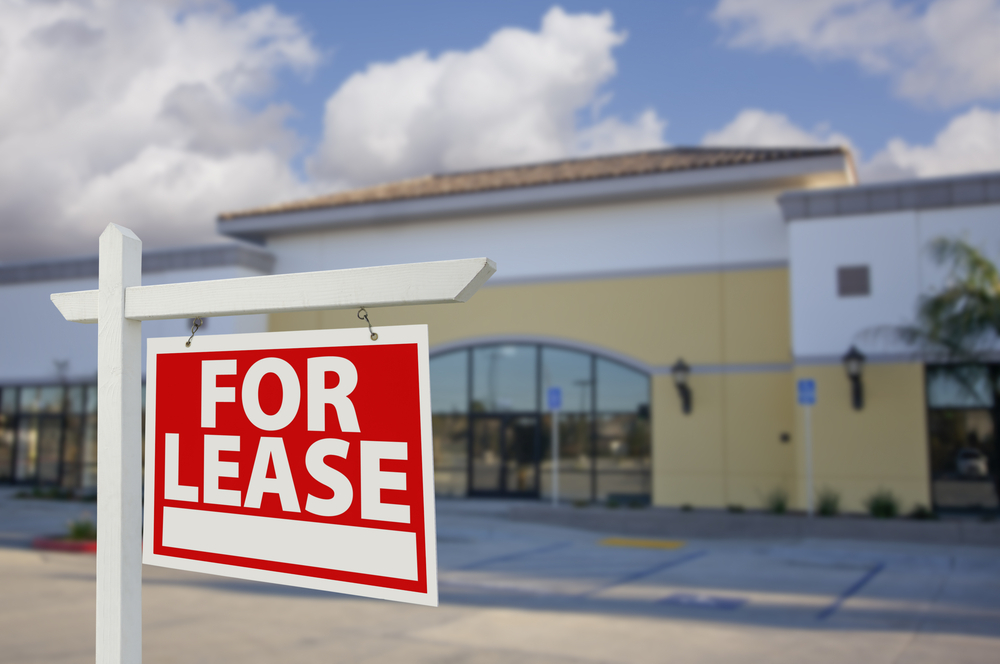By Sam Monempour, NAI Capital Commercial Real Estate Services, Worldwide
Opening a gym/fitness center is a challenging and complex venture with many moving parts. Before diving in, it is essential to carefully plan and prepare for the ever-changing aspects of the fitness industry. Over the years, gyms have gone from standard places of exercise and bodybuilding to a social environment with integrated social media influences, new technologies, new formats of exercise, and many various forms of build-out.

1. Decide gym style and market before signing a lease.
The first step in signing a well-designed lease is to determine the type of gym that you want to open and understanding your target market.
Ask yourself:
- Will your gym focus primarily on strength training, high-intensity exercises, class-based fitness, or an all-around wellness model?
- Do you want to partner with a branded franchise company or run a privately owned gym?
- How well do local market demographics match your target client base?
- What is the income level, population density, and average age group in your immediate area?
Once you have your business plan in place describing the gym type, target market, and general location, you can better understand the financial model and raising money.
2. Determine how your core competitive advantage impacts the lease.
- Will you rely heavily on social media for marketing? If so, your build-out might include lighting appropriate for videos or space for events.
- How will you use technology? Investment in infrastructure allows interaction between members, trainers, and your gym’s social media. All these systems run on wi-fi and a power grid. Ensuring your gym has sufficient broadband reach and an appropriate electrical system before signing a lease will go far in responding quickly to new trends without costly overhauls.
- What features will be included in your gym design? Today’s most popular gyms offer state-of-the-art equipment different from standard gyms. A lot of new gyms have selfie walls, posing rooms, indoor and outdoor settings with sliding glass fronts or garage doors, tracks for sleds, turf in cool colors, and lighting enhancing the entire facility. Some gyms are adding ancillary services such as IV drips, cryotherapy, physical therapy, and nutrition education in addition to personal training and exercise classes.
All of this, from marketing to gym design, adds up to additional construction, more cost, and larger spaces, so you must understand your model before signing a lease.

3. Find the right location for your new gym.
What follows your market research and funding is finding a place. Gyms are much more difficult spaces to lease than normal retail businesses. Most cities have zoning restrictions that weigh heavily on parking requirements, which are usually very difficult to satisfy. Some require variances based on the size of the building, public transportation, and/or build-out. Satisfying these variances will take time and money.
Make sure you work with a broker who has experience in finding proper fitness options so you don’t unintentionally lease a space you can’t occupy. Hire local land-use consultants or architects who understand zoning guidelines and can advise you correctly. It is worth the money to have a good team to help you move forward with a clear mind.
Ideally, the best choice is an existing space previously built out for a gym. There are fewer zoning issues, build-out costs are much less and you can typically occupy the space sooner. Also important is member access, parking, signage, ceiling heights, and proper flow within the facility. Most members who visit a gym prefer not to have to park far away, go upstairs, and walk into a place that doesn’t feel welcoming.
4. Think through the details when negotiating a new lease.
- How long are you leasing a space for? Short-term for a few years or long-term for 10-plus years? This decision answers how up-front costs will be amortized. If you’re planning to spend a huge amount of money to build out a space, you’re not going to walk away from it in two years. You want to recoup your investment. Same with the landlord. If they are going to contribute an allowance for build-out, give you free rent and pay a broker, they are not going to want to take the space back in a couple of years. Most gyms usually sign 10-plus-year leases.
- What concession will your landlord provide? These can make a big difference in starting your business. These include Tenant Improvement Allowance (TIA), free rent, and even help with licensing and permitting.
- Do you have credit? Not just a credit report showing your 850 score, but an existing business with tax records, bank statements and physical assets. Statistically, if this is your first business, your chances of success are less than someone who’s established. Therefore, property owners will hesitate to give you up-front concessions. They will most likely want a bigger security deposit or a letter of credit from your bank which places funds in the landlord’s name in case of a default.
All these factors impact your final rent. If a landlord needs to give fewer concessions up front, and has a longer term to amortize expenses, there will be more flexibility in reducing rent and asking for a lower security deposit. This is why finding a space with minimal work is so important.

5. Partner with a broker before signing your first gym lease.
A good broker will help you secure concessions that give you an advantage in your new venture. He or she will also guide you to a location appropriate for your type of fitness center. Opening a gym requires careful planning, research, and preparation. However, with dedication, hard work, and a commitment to providing a high-quality fitness experience, you can build a successful and profitable gym business.
“Five Steps to Signing the Right Lease…” was written by Sam Monempour. He can be reached at http://www.naiglobal.com/agents/sam-monempour / Phone: 310-266-9954.
Gym Insight
Thank you, Mr. Monempour, for this interesting take on leasing gym space. We hope our readers have enjoyed our guest blog and found it as helpful as we have. If you are starting a gym or frustrated with how you’re managing customers, call us today at 1-855-FOR-GYMS to learn how our easy-to-use, affordable gym management software can change your facility for the better. Ask for Anthony, our sales specialist and host of the “Gym Owner’s Podcast.”
